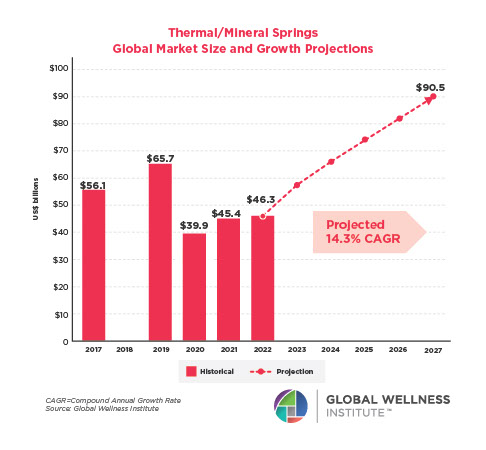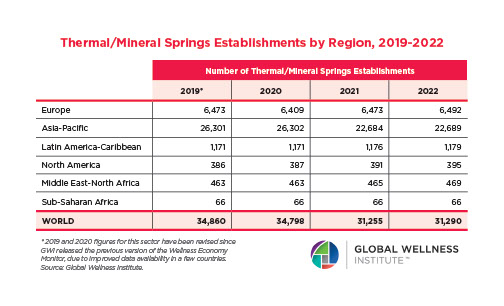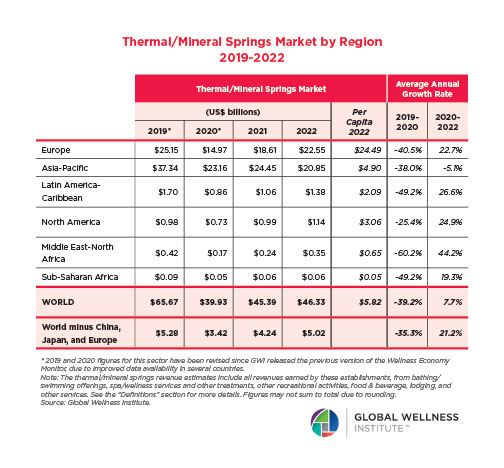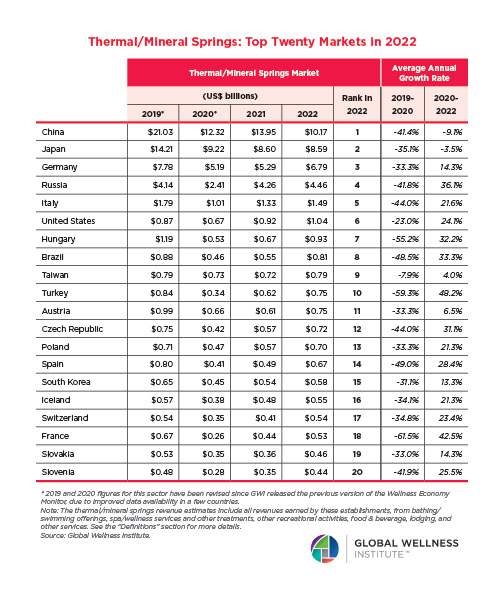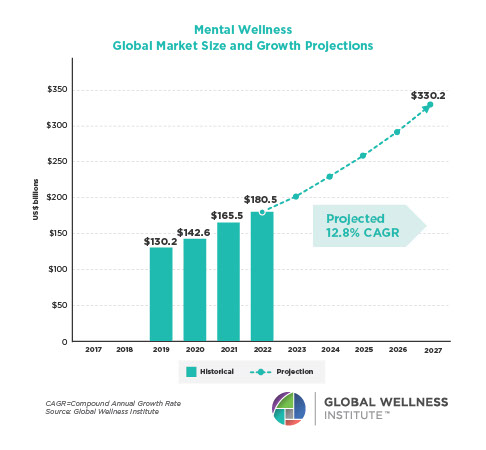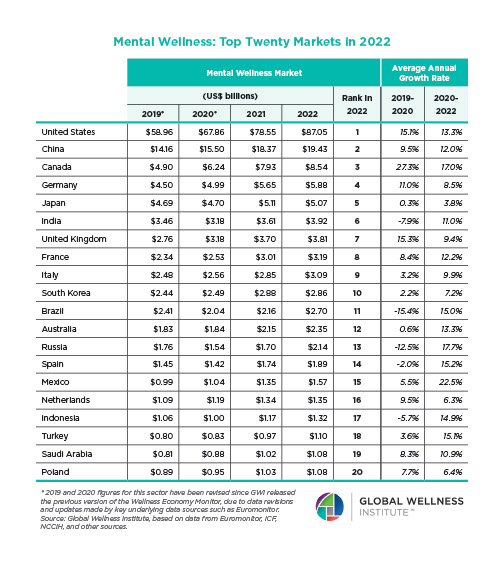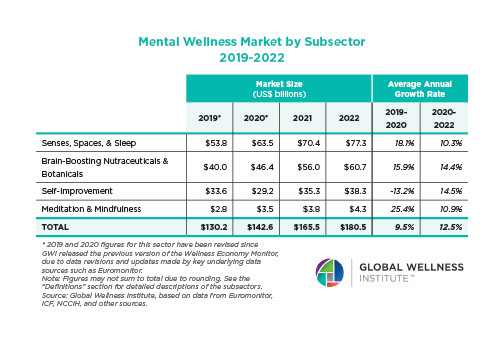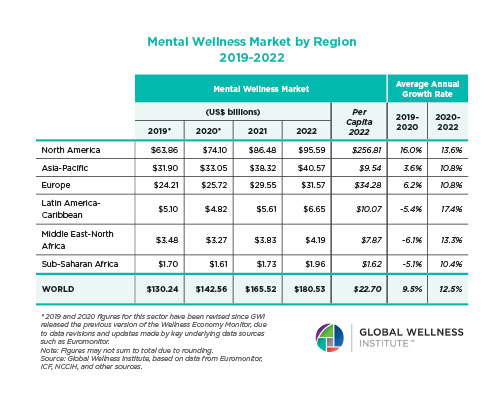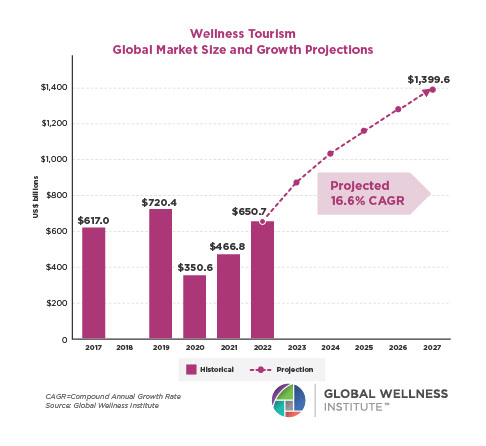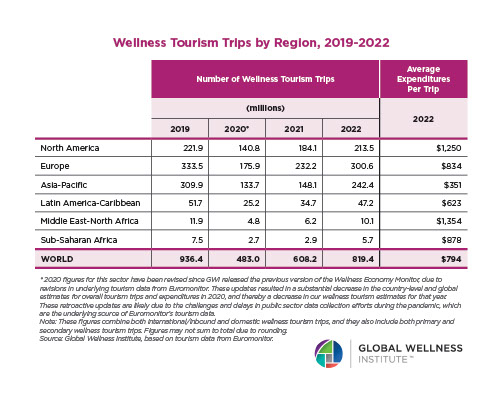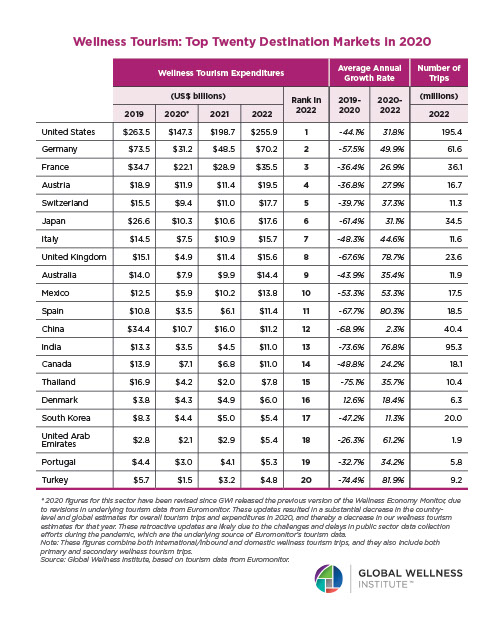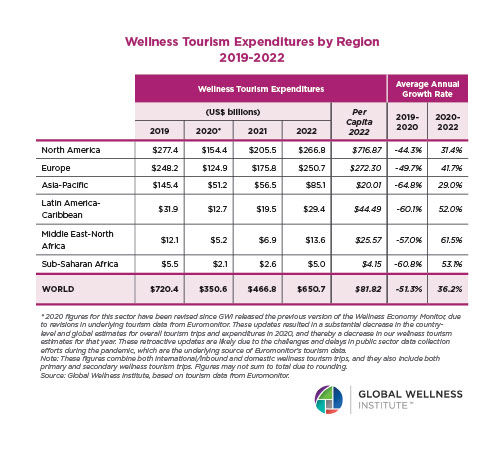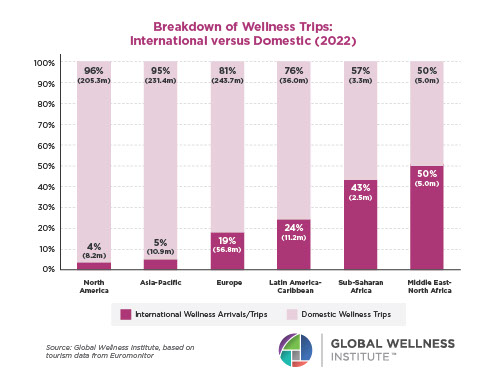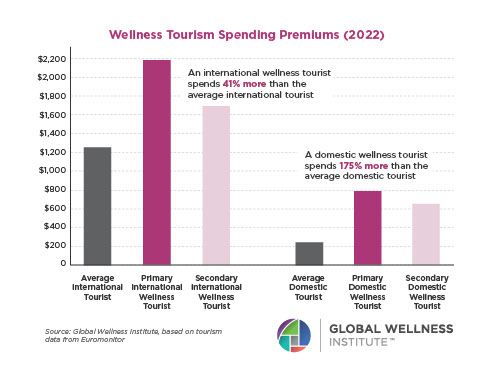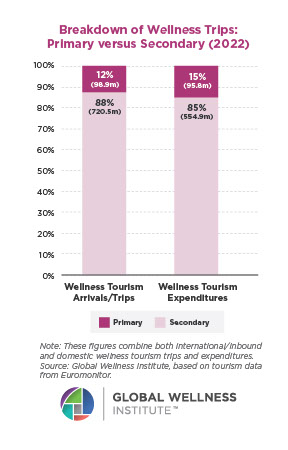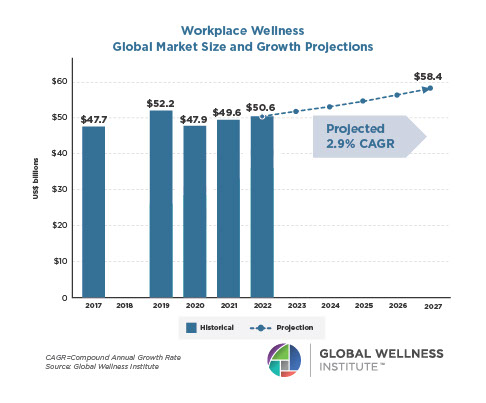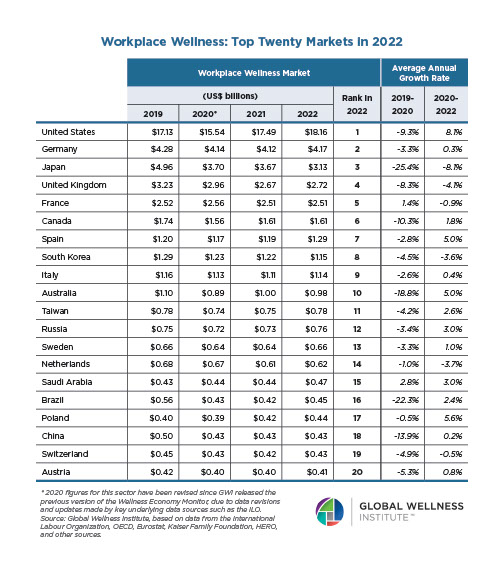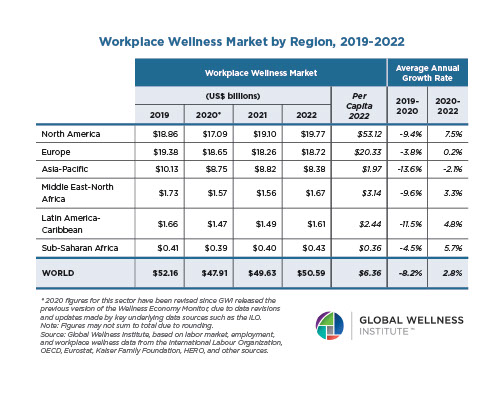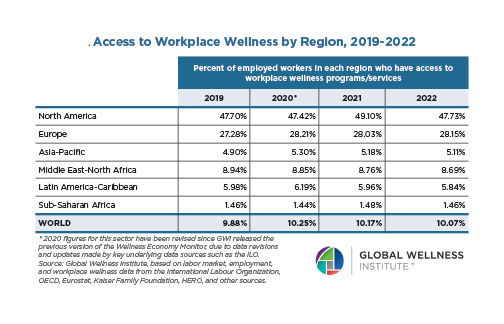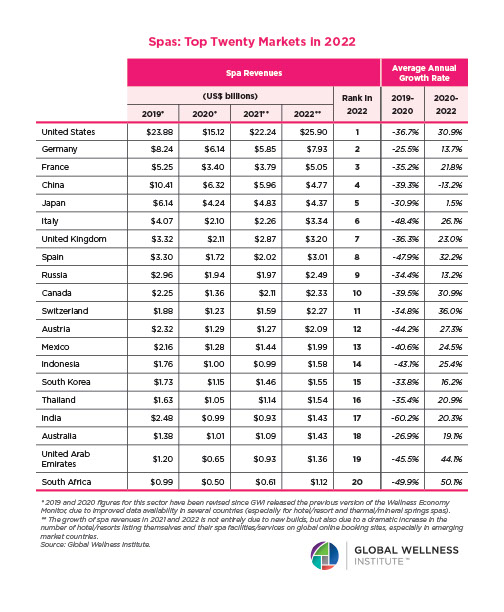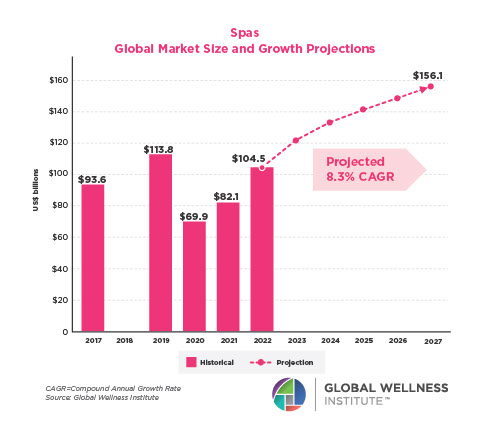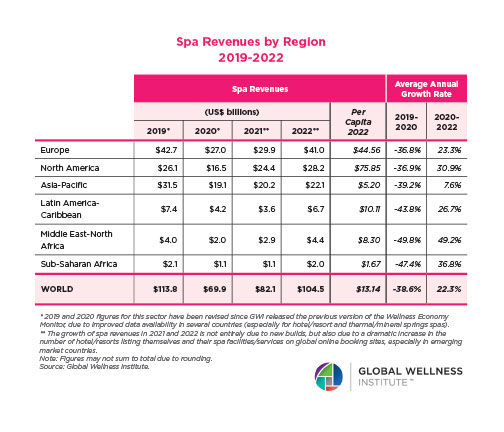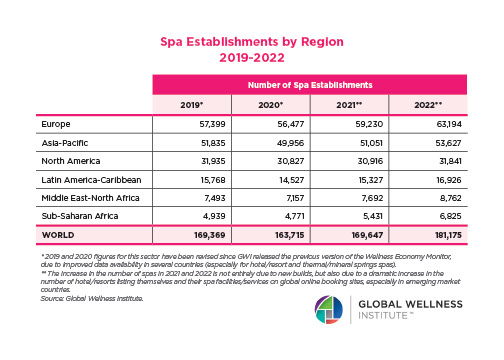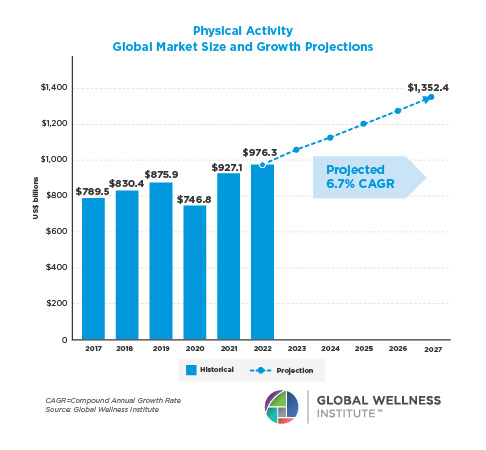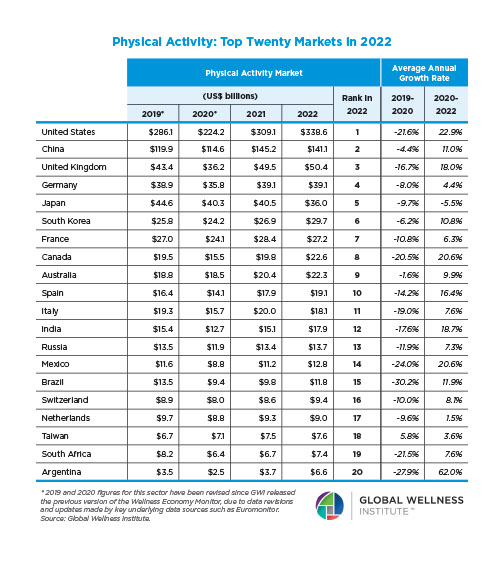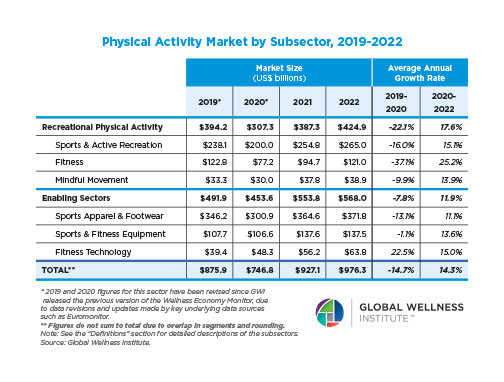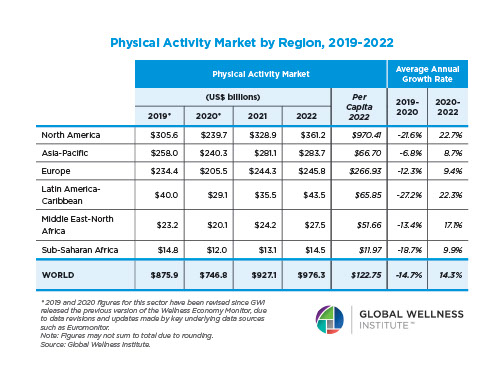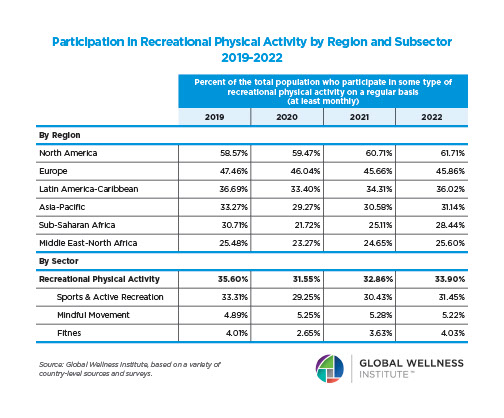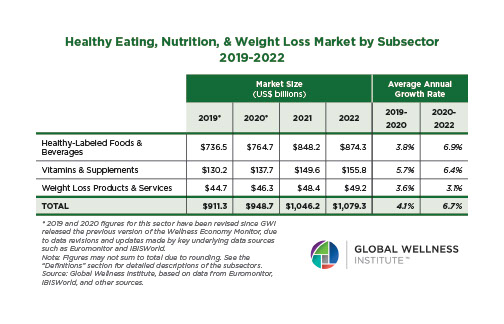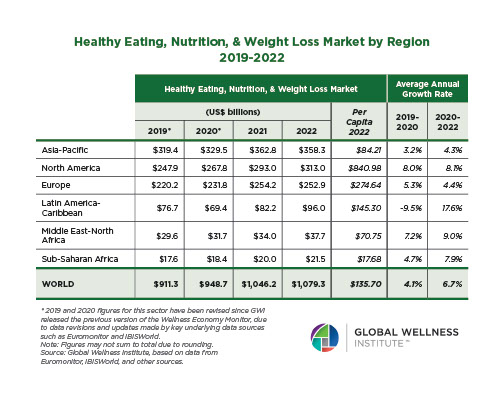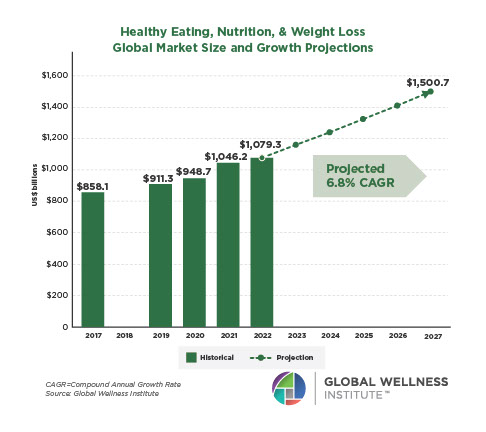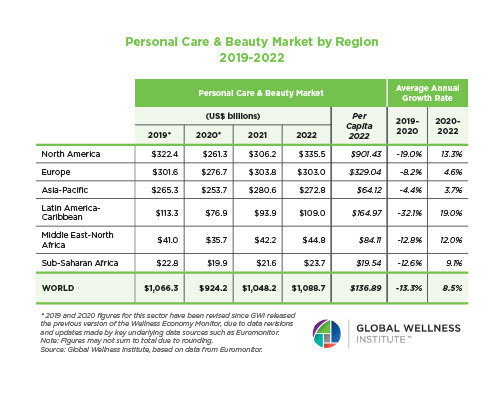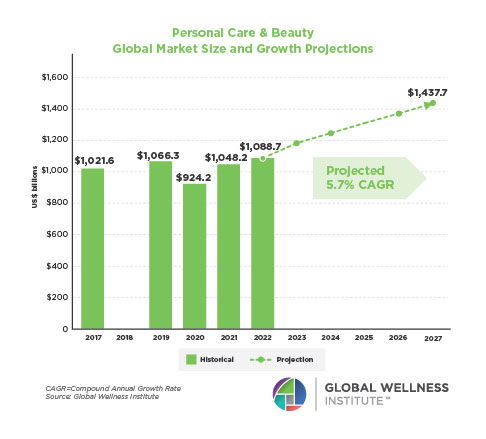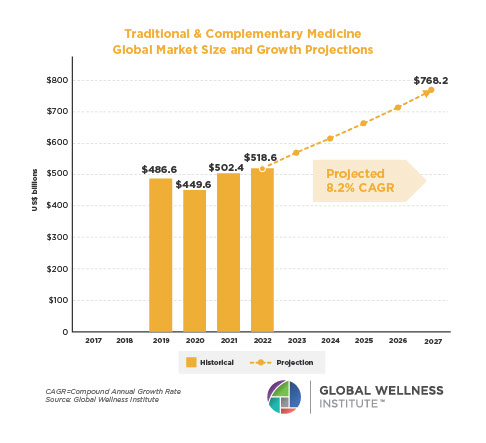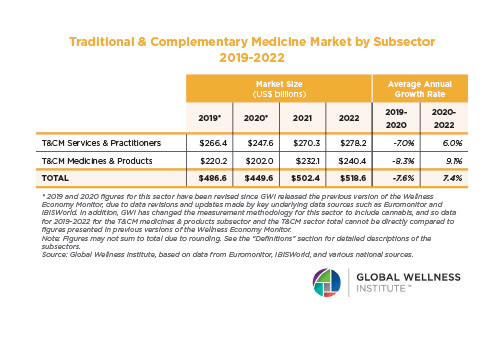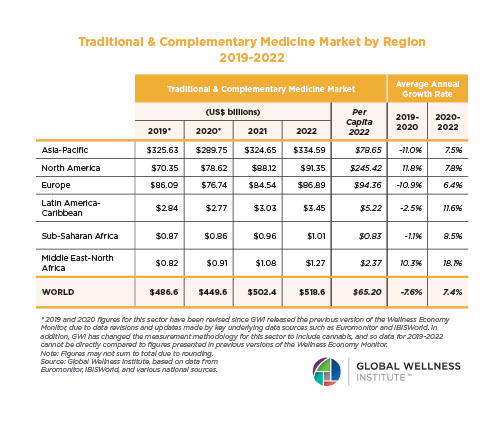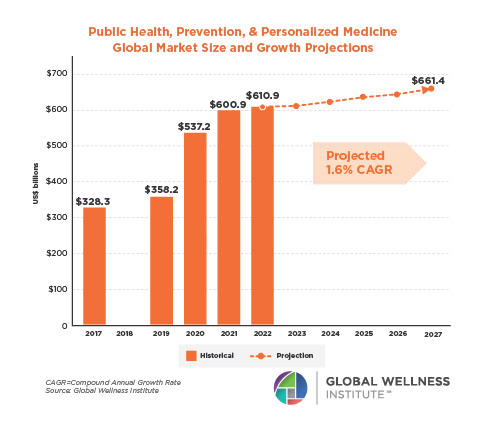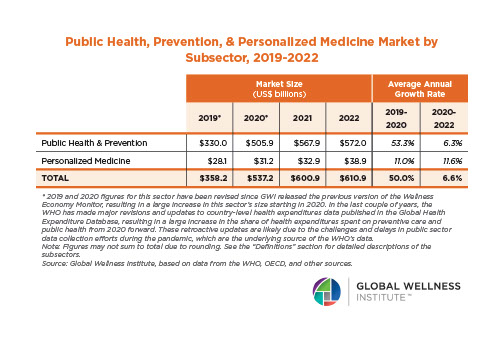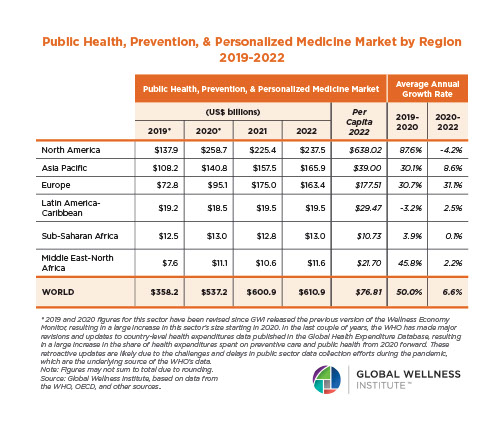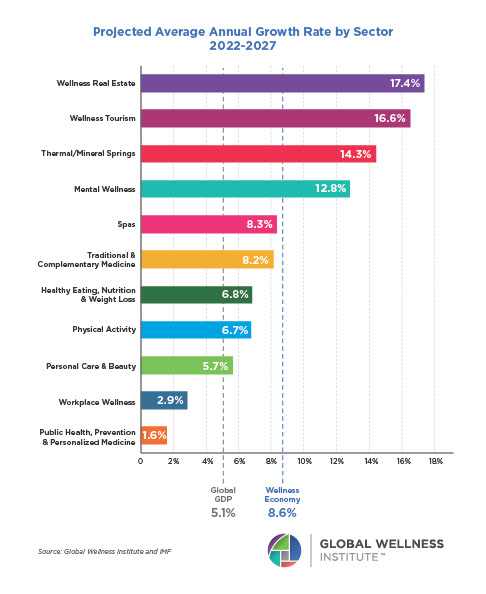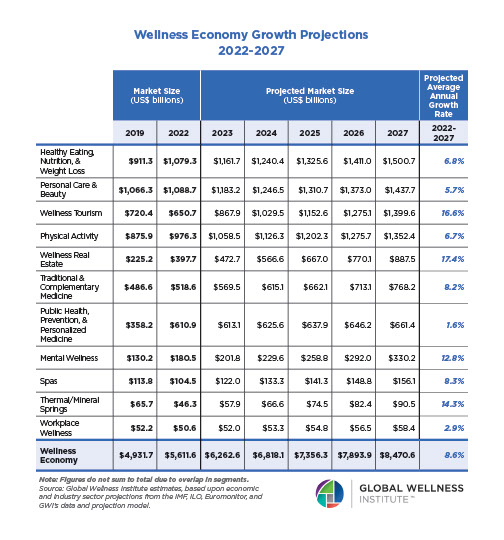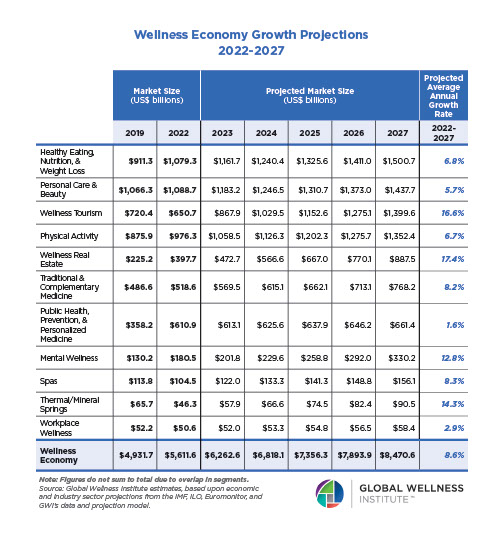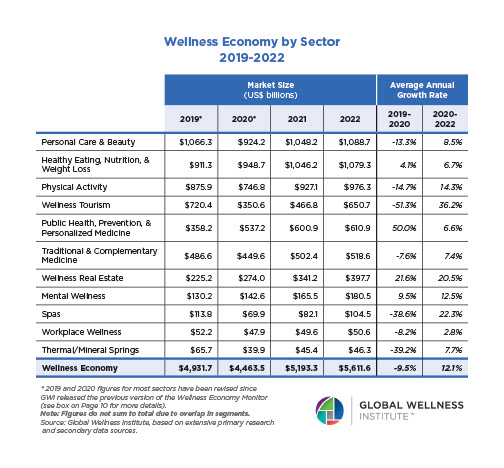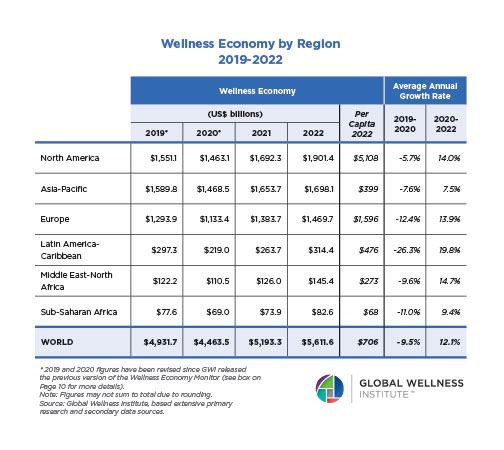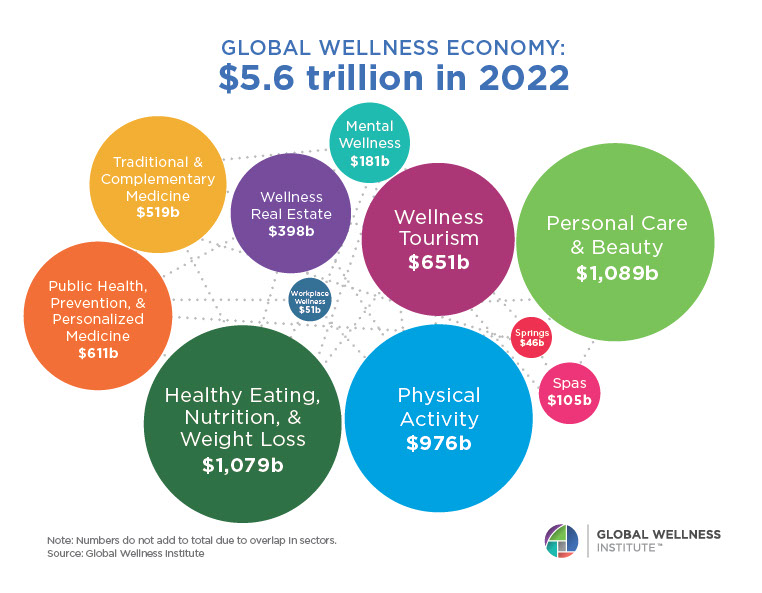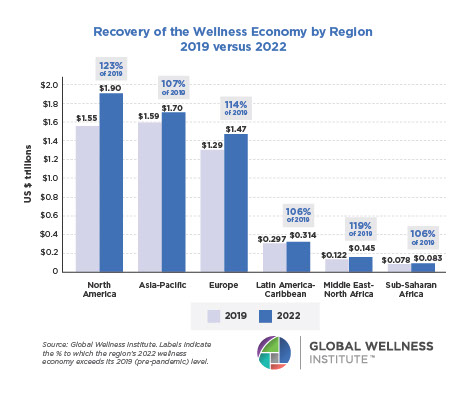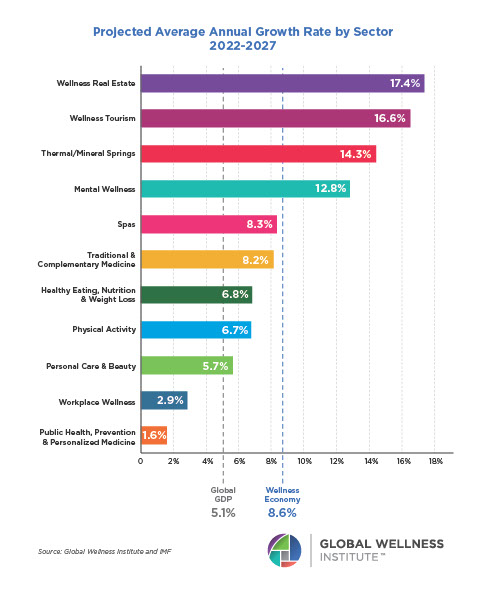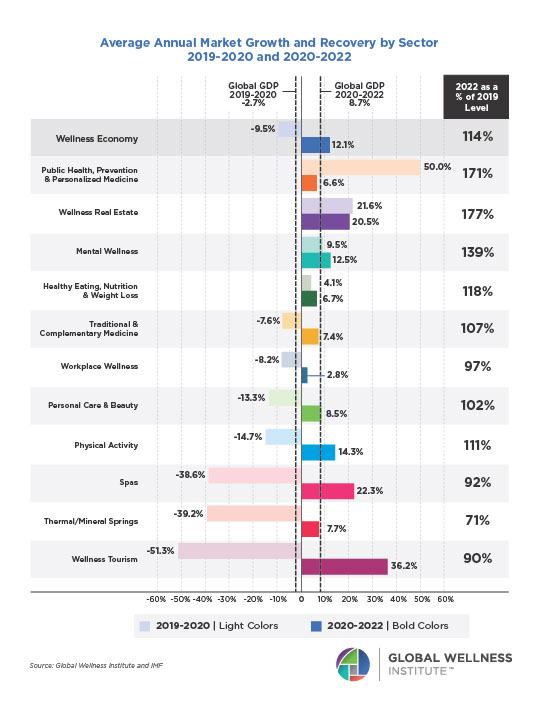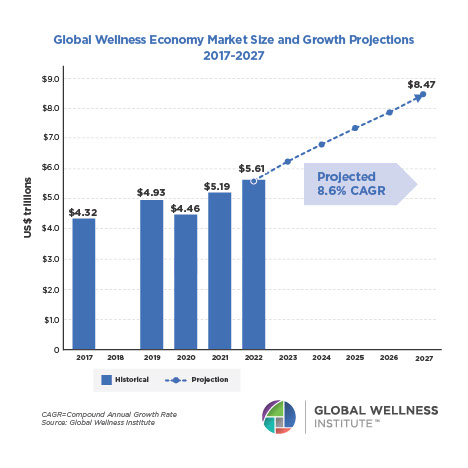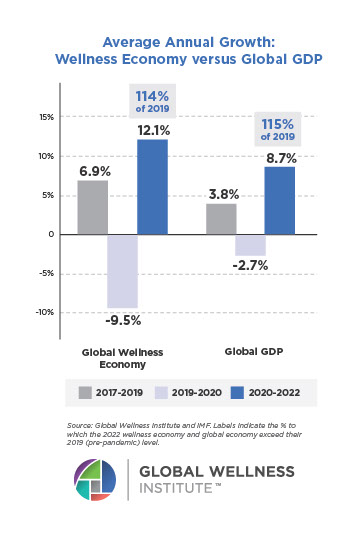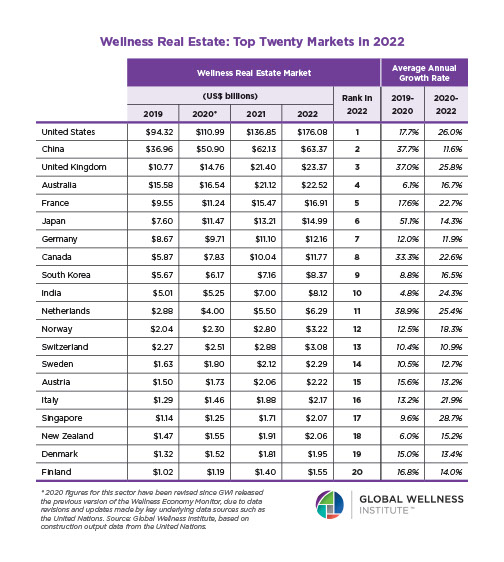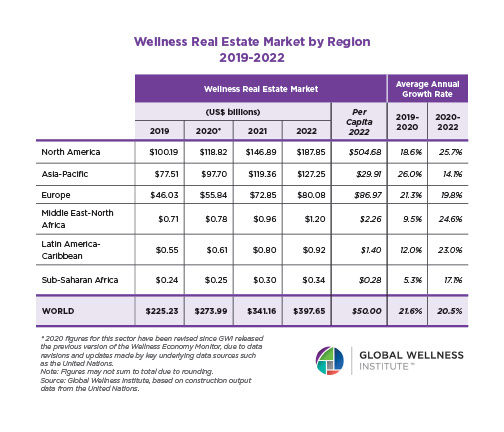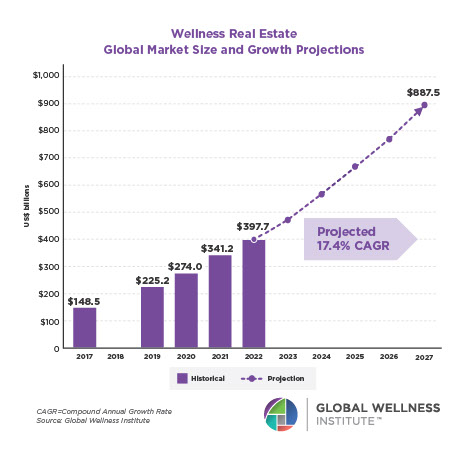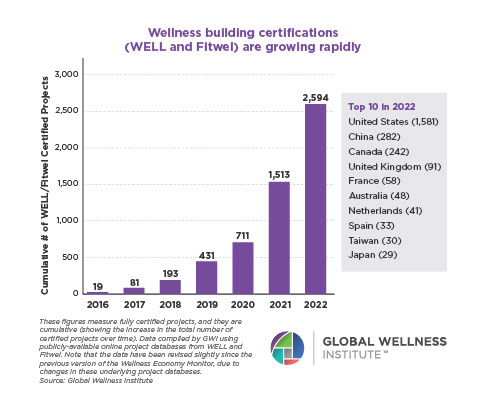Our current workplace wellness moment is dominated by negative media and unscientific “studies” that baldly conclude that “workplace wellness doesn’t work”—along with the “selling” of programs to companies as a pure profit-driver. But the roundtable concluded that, in the future, companies will shift from a narrow focus on ROI to a recognition of wider “return on value”: not just lower healthcare costs, but important gains in retention and productivity.
Economic Outlook Is Bullish for High-End Wellness Experiences
Globally, there are more millionaires (14.6 million) and billionaires (about 2,000) than ever before, but conspicuous consumption is on the wane. As J. Rupert, CEO of the Richemont Group, said: “In the future people with money will not wish to show it.”
Calling all who work! PLEASE TAKE AN IMPORTANT SURVEY
The Global Wellness Institute (GWI), in partnership with Everyday Health, is now fielding a global survey on the state of wellness in the workplace. Everyone who works, please take it—and give us your insight on the positive and less healthy aspects of your job, and whether your company offers any wellness programs.
A STRIKING STAT
A “heavy” reality: In the U.S., adults who are obese (67.6 million) now outnumber those who are overweight (65.2 million).
– Washington University School of Medicine, June 2015
Must-Reads from the Wellness World (Week of August 5, 2015)
We instinctually know that always-on technology is doing something very bad to our bodies and brains, but studies of how hyper-connectivity impacts human behavior are still taking baby steps. This article details what happened when 35 CEOs were taken out into the Moroccan desert and totally cut off from their devices. The neuroscientists who observed them saw “life-changing” transformations, from improved memory and more efficient sleep to deeper friendships and even better posture…
The Evolution of Alternative Medicine
“Back in the 1990s, the word ‘alternative’ was a synonym for hip and forward-thinking. There was alternative music and alternative energy; there were even high-profile alternative (U.S.) presidential candidates like Ross Perot and Ralph Nader. And that was the decade when doctors started to realize just how many Americans were using alternative medicine…”
